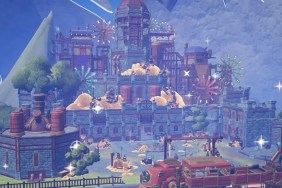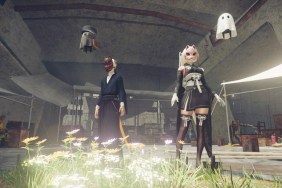Classic combat, classic story, classic RPG is classic.
There’s nothing quite as epic as that journey through time and dimension, right? Visiting the same place in multiple time periods. Hearing legends from modern-day villagers about the heroes you spent the time saving the town with way back when—hundreds of years, thousands of years, however long it takes to leap into the past in order to save a town's future. This is what Chrono Trigger did so well on the SNES back in 1995.
Five years after Squaresoft released one of the best-remembered “journeys through the ages” ever, Enix (well before they joined forces with Square like the proverbial Vegeta with Goku) released their own time-traveling epic: the massive Dragon Quest VII, re-released here as Fragments of the Forgotten Past. And there are plenty of reasons why you may not remember much about this one from its release on the PSOne back in 200: It was overshadowed by the launch of the PS2, the DQ franchise had kind of fallen away in the US gaming consciousness by then, and this version of DQ was butt-ugly. Even for those of us who adore pixel art, the presentation was about early-SNES era at best, which was a bad strike against it on the PSOne in 2000.
So, by the wayside it fell. But it still was critically praised for its story and its broad offering of vocational options. Sure, it didn’t have the flash of Final Fantasy VII (which had been out for three years at this point remember, making an even starker contrast in presentation), but even as a classically-styled DQ-style JRPG, there was still plenty to appreciate. And thankfully, with the rise in remaking and re-releasing the previous library of Quest titles for DS and 3DS, we’ve finally received what we really wanted: a pretty version of Fragments.
On the 3DS with a complete graphical overhaul, this remake is as pretty as the series has been since VIII was released on PS2 back in 2004. It still feels the same as the original incarnation, with the ability to spin the camera around to find all of those little nooks and crannies and hidden openings in the landscape. It feels much like the previous titles they’ve released, up-rezed to take as full advantage of the 3DS graphics capabilities as possible. And as a result, it’s prettier than any other DQ re-release up to this point. Every square inch looks great.
Actual play hasn’t changed for anybody that’s played one of these games before. It has a straightforward, menu-based RPG battle system, and simple exploration of new towns with the people that inhabit them. A player will need to talk to pretty much everybody before finding the right wandering townsfolk and start the story sequence to get to the next location.
In combat, there are plenty of options for attack strategy from the basic menu-based options, and more once you finally, hours and hours (and hours) in, find the vocation options to level up your characters to your preference. But at its core, it’s still designed with “you attack/they attack” in the tradition of our forefathers. This system hasn’t changed much since the 1980s, which makes the story all the more important.
The story’s premise is sound. Three teenagers look for adventure on a tiny island they think is the only island in the world (because everyone thinks it’s the only island on the planet). Not only do they find adventure, as they travel back in time to discover an island that existed once before, but they repeatedly travel back and forth to discover more islands and help more villages to prosper or fall. Sometimes multiple time periods have to be scoured to find the right end to a conflict, and while it’s never particularly complicated (and talking to your team and checking hints is always available to refresh your mind) it’s usually satisfying. And gradually, those teens come to discover just what's caused all of the islands to disappear in the first place… but that's days of play away to truly find the culprit.
The first few hours, though, are boring as hell. Setting up the story of The Goonies meets Chrono Trigger is very monotonous to begin, and for the first two or three hours there’s very little that’s fun to do. Eventually it finally does start up, and the deep vocation system much later becomes available for true team customization, selecting and leveling-up characters to learn a unique set of spells and abilities. There’s plenty of time to test out different hats between team members, and they all work just as you might imagine they do for a classic JRPG.
While it’s true there’s plenty of backtracking, even searching one island both in the past on a quest and immediately again as you bring it back to the present, it only occasionally feels monotonous to do. There’s a lot of difference between the geography of different periods, and towns are totally overhauled once they're dragged into the present. But there’s still a lot of running around on each island, complete with stretches of just… running, not really doing anything but avoiding stray battles whenever possible just to run. And because of this and the constant time shifts, there’s only occasional tension when a story begins to reach its climax or boiling point.
As far as remakes go, Square Enix shows time and time again how to do it right, and Dragon Quest VII for 3DS might be their best DQ revamp yet—a massive adventure packed with stories and characters, traveling across time and magical realms to plunge through volcanoes, caves, and underground lairs. I don’t see this appealing to a large audience who isn’t already fans of either the genre or the Dragon Quest series, but there’s nothing wrong with an old-school romp through swamps and slaying the hordes of palette-swapped enemies in the fields. Chicken soup for the gamer’s soul, y’know?
-
MASSIVE world to explore and re-explore
-
Deep vocational system
-
Classic storytelling style and nostalgic presentation
-
MILES ahead of how it used to look and sound
-
Takes hours to reach pretty much anything/everything worth reaching
Dragon Quest VII Screens
-
Dragon Quest VII Screens #1
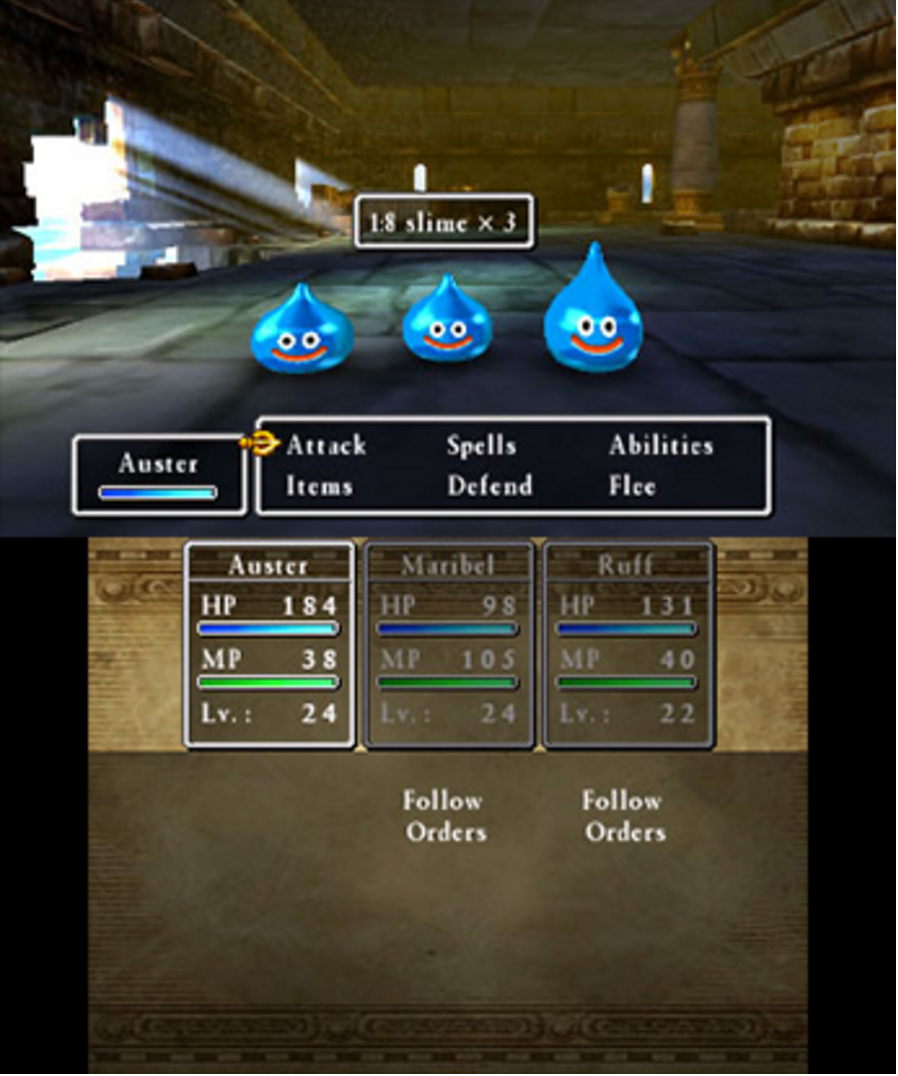 (Click to enlarge)rn
(Click to enlarge)rn -
Dragon Quest VII Screens #2
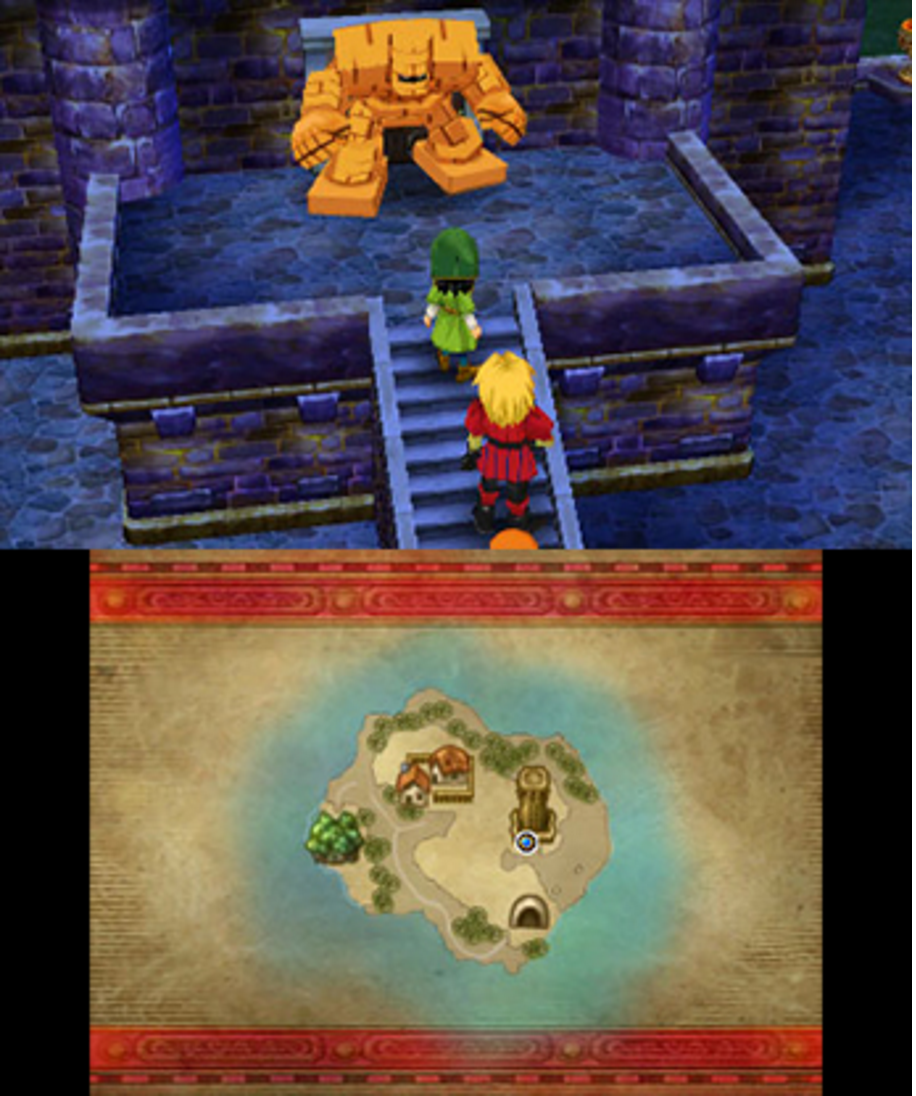 (Click to enlarge)rn
(Click to enlarge)rn -
Dragon Quest VII Screens #3
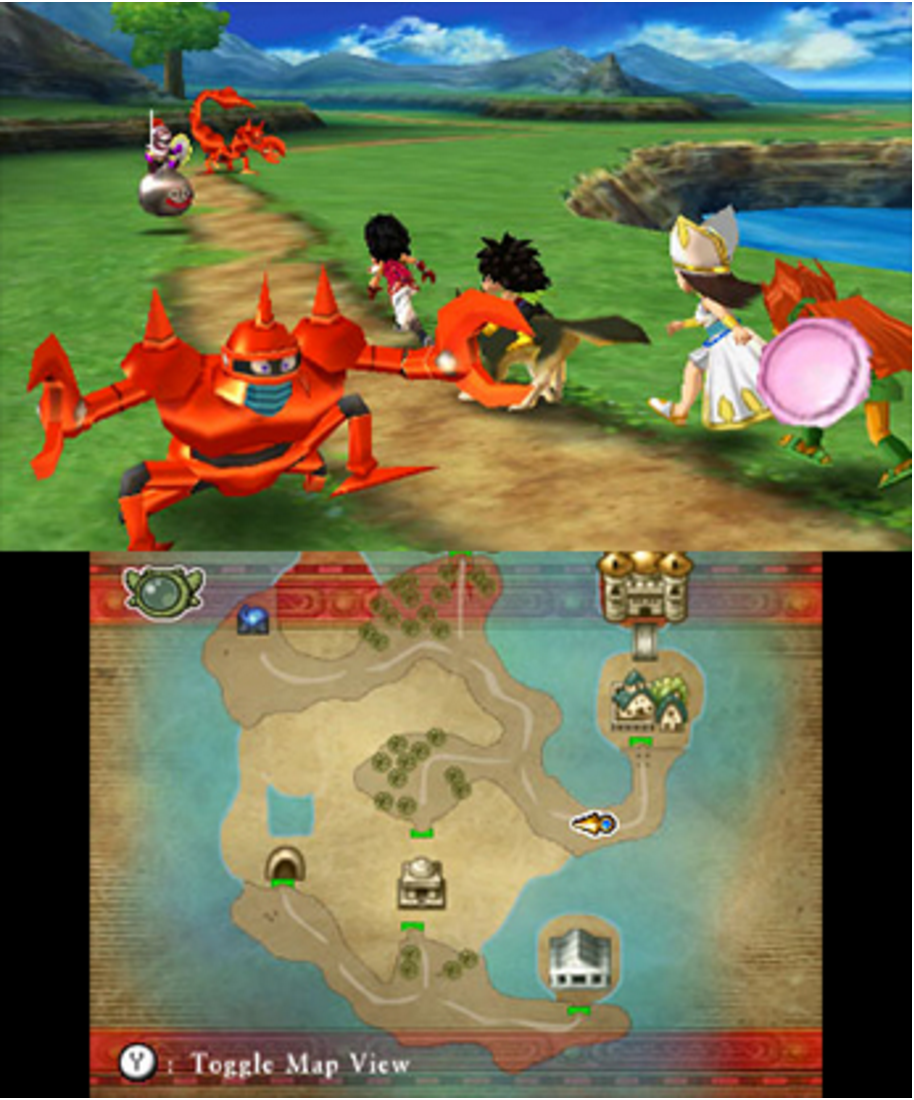 (Click to enlarge)rn
(Click to enlarge)rn






